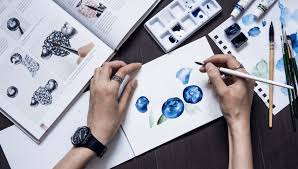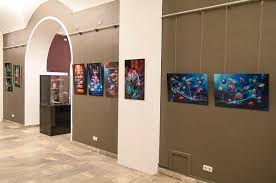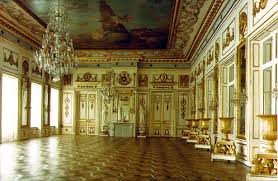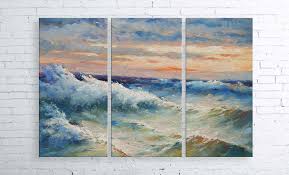Monthly Archives: March 2018
PRINT. CLASSIFICATION AND VARIETIES (part 1)
 An engraving (from French estampe) is a generalized name for works of printed graphics, which is an engraving or any other print on paper from a printing form.
An engraving (from French estampe) is a generalized name for works of printed graphics, which is an engraving or any other print on paper from a printing form.
There are four types of prints: high (convex) printing, flat printing, intaglio printing and screen printing. Convex printing includes woodcut, linocut and cardboard engraving. For flat printing – lithography with all its varieties and monotype. Intaglio printing: etching, engraving, mezzo-tinto, dotted line, dry needle, aquatint, reserve, lavis, soft varnish, pencil style. Screen printing – silk screen printing.
Let us consider in more detail the main print techniques in chronological order. Continue reading
PRINT. CLASSIFICATION AND VARIETIES (part 2)
 Lavis (from Fr. lavis – wash) – a kind of aquatint. Known since the 1780s. The drawing is applied by needle etching. The tonality is obtained by etching with acid, which is applied to the board with a brush. The boundaries of the tone spot are sharply defined. The print of Lavis resembles a work executed in watercolor. Lavis is very close to aquatint in terms of its external visual characteristics, but differs from it in watercolors of a tone spot, softness and fuzziness of outlines. Like aquatint, Lavis is used in combination with other etchings, for example, with a dry needle. The technique allows you to get no more than 30 quality prints from one board.
Lavis (from Fr. lavis – wash) – a kind of aquatint. Known since the 1780s. The drawing is applied by needle etching. The tonality is obtained by etching with acid, which is applied to the board with a brush. The boundaries of the tone spot are sharply defined. The print of Lavis resembles a work executed in watercolor. Lavis is very close to aquatint in terms of its external visual characteristics, but differs from it in watercolors of a tone spot, softness and fuzziness of outlines. Like aquatint, Lavis is used in combination with other etchings, for example, with a dry needle. The technique allows you to get no more than 30 quality prints from one board.
Zuev Alexey. Lada. Molodetsky Kurgan – Reservazh Reservazh (from French réservage) is a type of etching. The reserve first appeared in France in the second half of the 19th century. Continue reading




